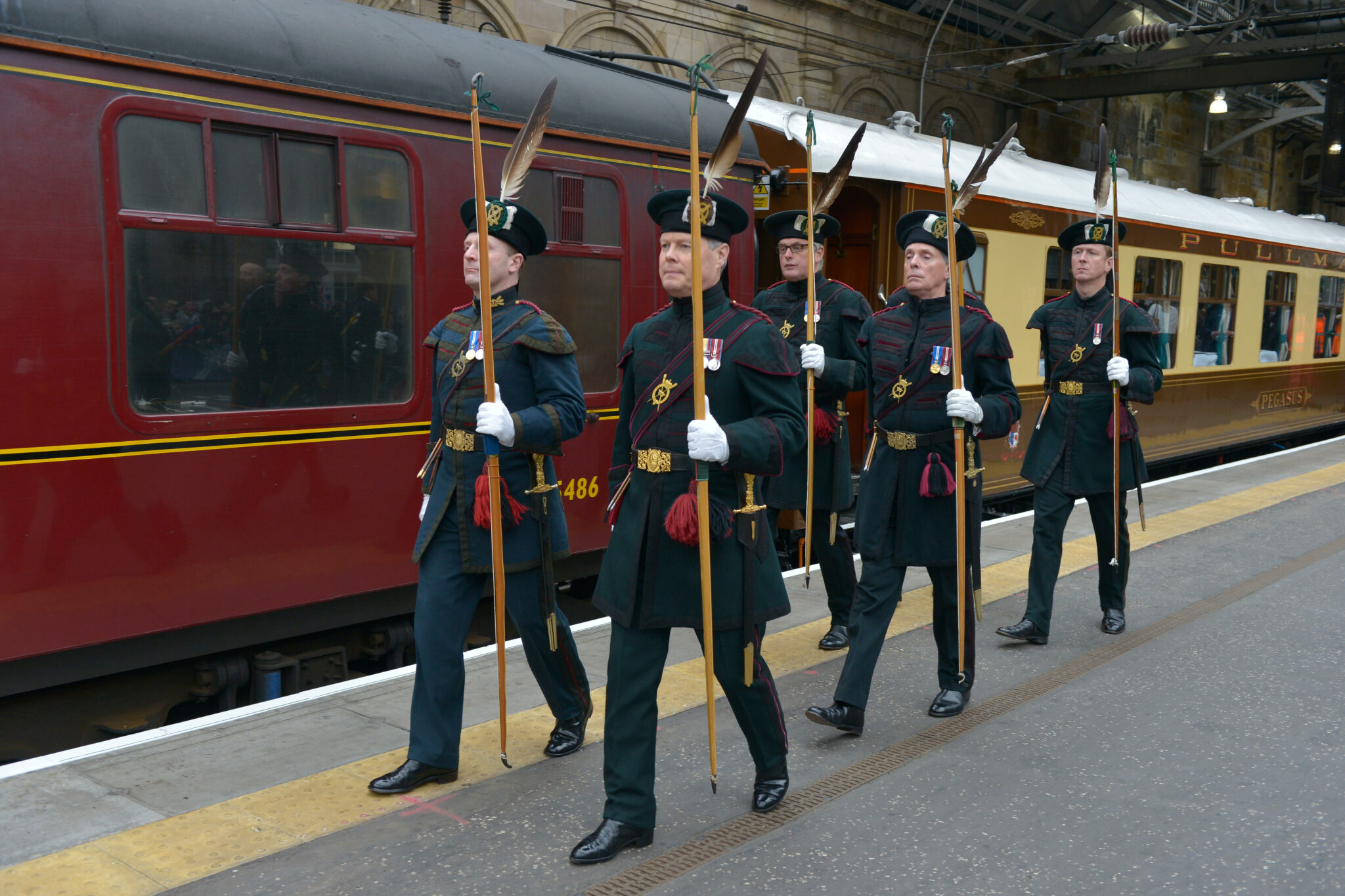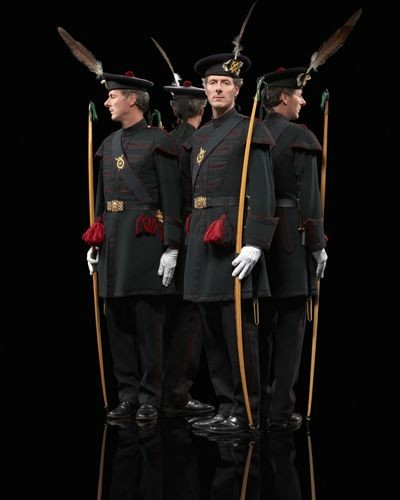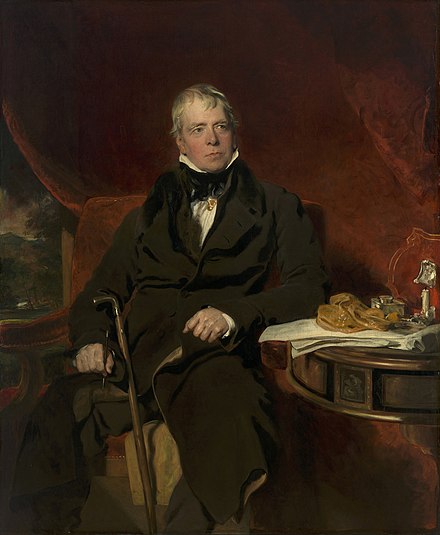The Royal Company of Archers, which acts as the Sovereign’s ‘Body Guard in Scotland’ has been highly visible during recent televised State occasions in the United Kingdom.
The Royal Company’s most regular duty had been to be in attendance at Her Majesty The Queen’s annual garden parties held at the Palace of Holyroodhouse. They’ll now perform this same role for His Majesty The King.





